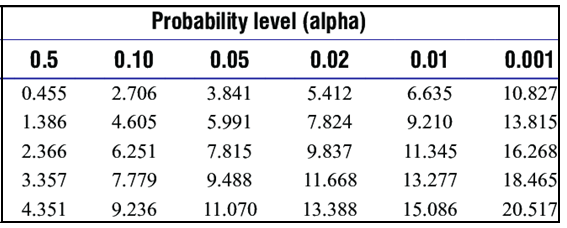

Calculating sample size xlstat plus#
I don't know what this formula is, because it's it's or wasn't given to us, but i believe i know what it is based on the question, because why can we use this formula to determine this compense integral, even though the sample size is less than 30 point? So i'm assuming the formula is the following: x, bar plus minus z, alpha over 2 pi times sigma over root in or you might have it as sigma sub x bar i'll.

That'S x bar and we're going to find the standard error of the mean, and that is is this notation sigma sub x, which is equal to the population standard deviation divided by the square root of n, so we get 12 over root 15 and we get this Value 3.098 right explain why we can use this formula now. The population standard deviation is going to be 12, so it's sigma and the sample mean is 20 point. Explain why your data is a population, rather than aĪll right so jorian here we've got a sample of n equals 15 observations selected from a normal population. Which confidence interval ended up being wider? What value(s)Ĭontributed to the difference in the width of the CI’s?ġ. Use the sample standard deviation, s, instead.

Repeat the previous question, but instead of using , After finding the average of your 30 samples,Ĭalculate an 80% confidence interval for the average assuming is Choose 30 samples from this column at random Choose a quantitative variable from your preferred dataset –Īgain, this could be the same variable you have used for the Using a phrase like, “this is a list of all of _.”Ģ. Remember that we can generally describe a population Explain why your data is a population, rather than a Type of Relationship: Absolute Agreementįor a detailed explanation of these assumptions, please refer to this article.SOLVED: 1.In the previous example, the ICC that we calculated used the following assumptions: Unit: Single rater or the mean of raters.Type of Relationship: Consistency or Absolute Agreement.Model: One-Way Random Effects, Two-Way Random Effects, or Two-Way Mixed Effects.There are several different versions of an ICC that can be calculated, depending on the following three factors: Thus, we would conclude that an ICC of 0.782 indicates that the exams can be rated with “good” reliability by different raters. Greater than 0.9: Excellent reliability.Between 0.5 and 0.75: Moderate reliability.
Calculating sample size xlstat how to#
Here is how to interpret the value of an intraclass correlation coefficient, according to Koo & Li: The intraclass correlation coefficient (ICC) turns out to be 0.782. We can use the following formula to calculate the ICC among the raters: Step 3: Calculate the Intraclass Correlation Coefficient In the new window that appears, fill in the following information and then click OK: In the dropdown menu that appears, click Anova: Two-Factor Without Replication and then click OK. If you don’t see this option available, you need to first load the Analysis ToolPak. To do so, click the Data tab along the top ribbon and then click the Data Analysis option under the Analysis group: To do so, highlight cells A1:E11 as follows: In order to calculate the ICC for these ratings, we first need to fit an Anova: Two-Factor Without Replication. Suppose four different judges were asked to rate the quality of 10 different college entrance exams. This tutorial provides a step-by-step example of how to calculate ICC in Excel. The value of an ICC can range from 0 to 1, with 0 indicating no reliability among raters and 1 indicating perfect reliability. An intraclass correlation coefficient (ICC) is used to determine if items (or subjects) can be rated reliably by different raters.


 0 kommentar(er)
0 kommentar(er)
